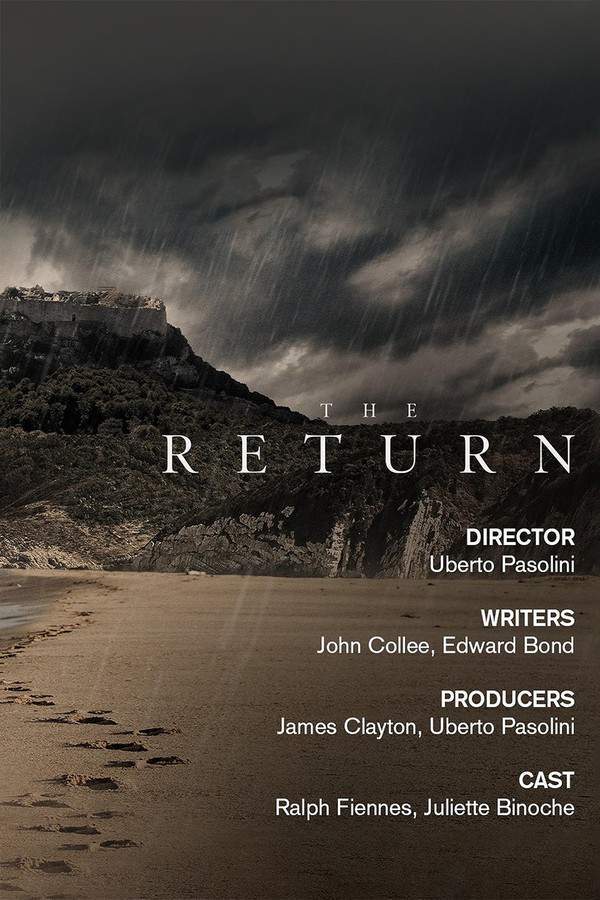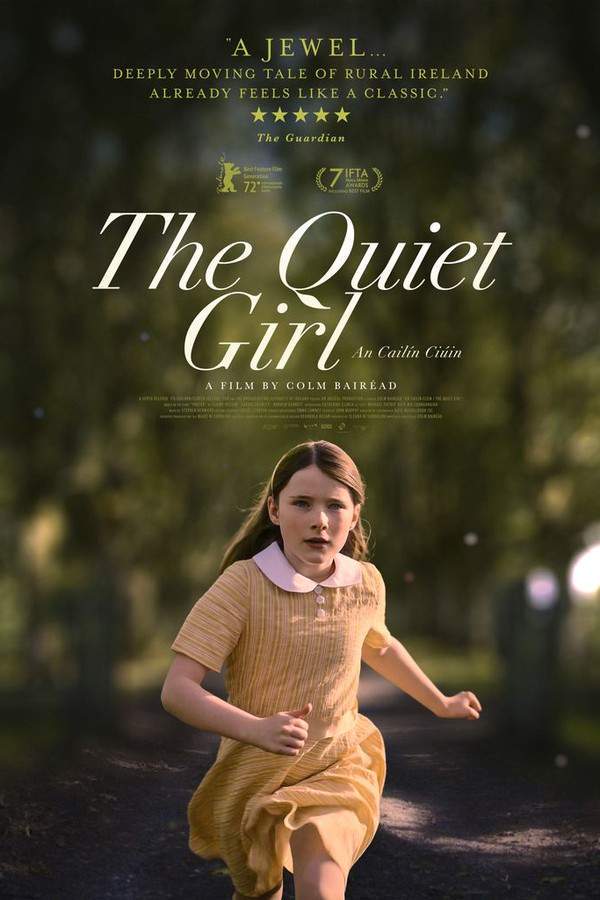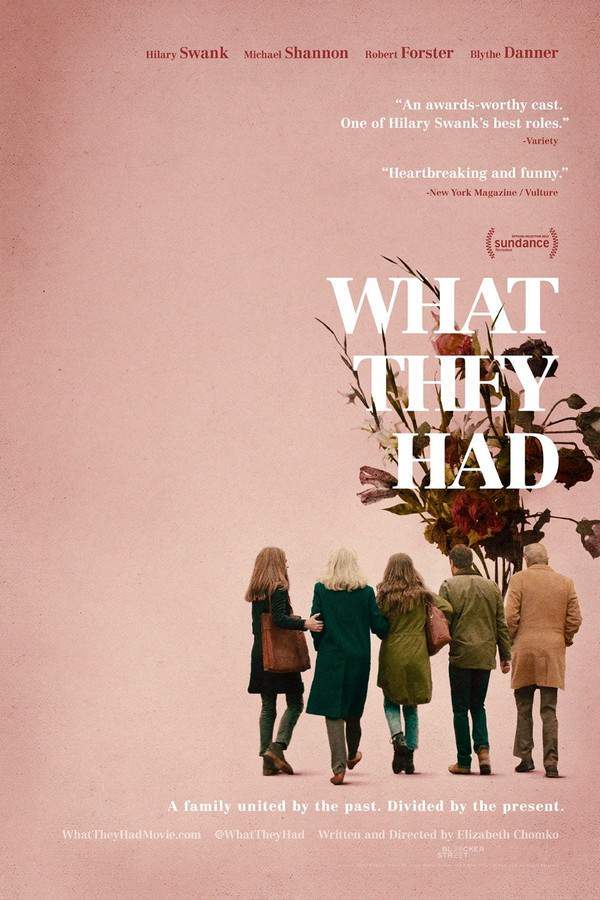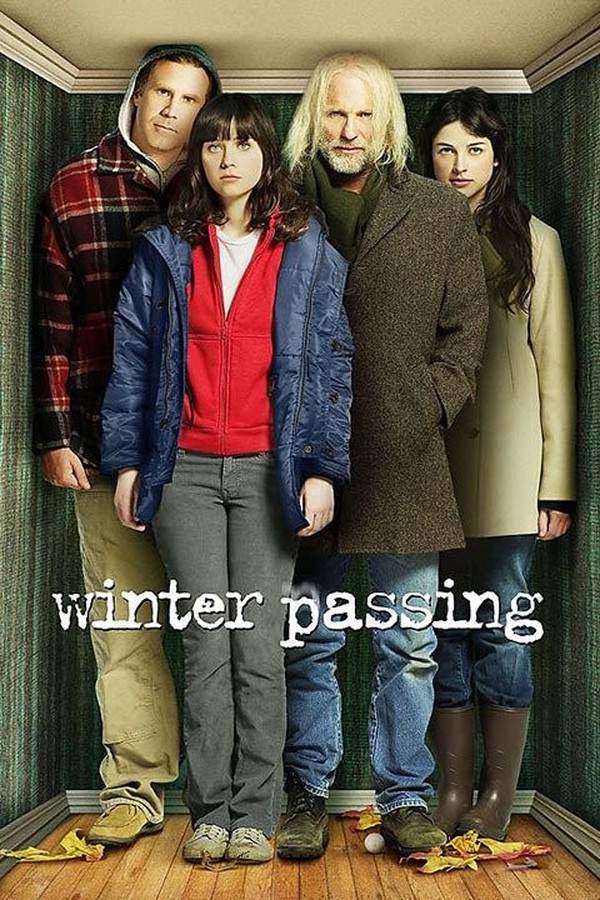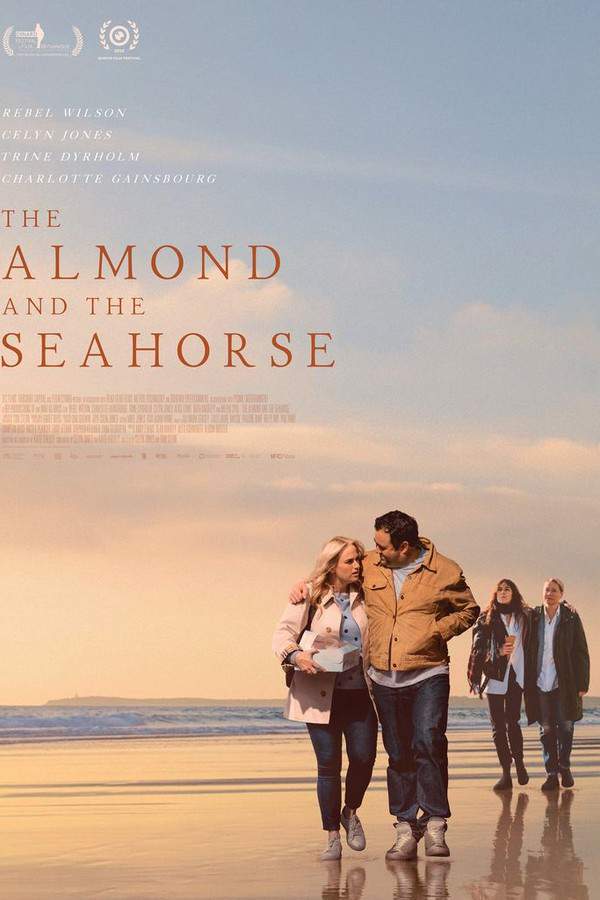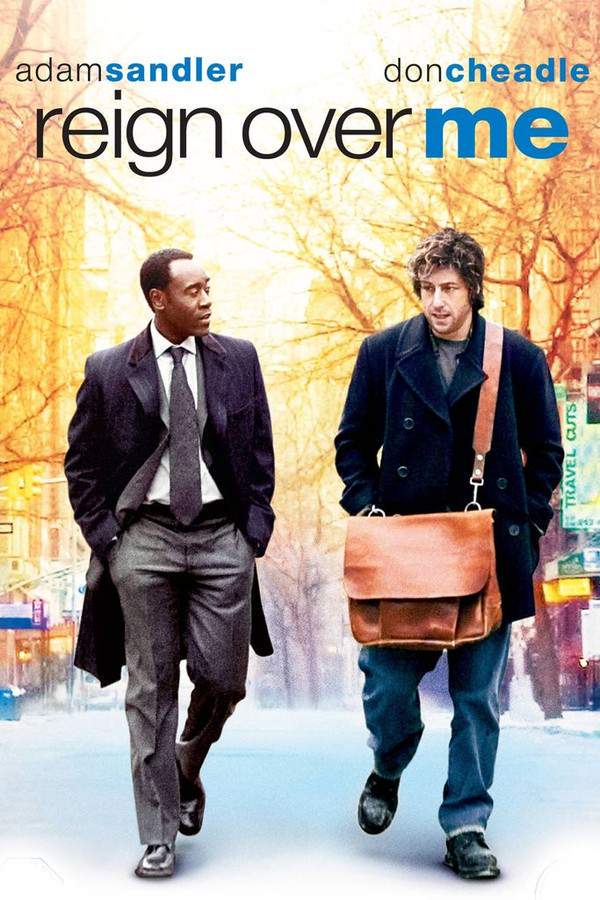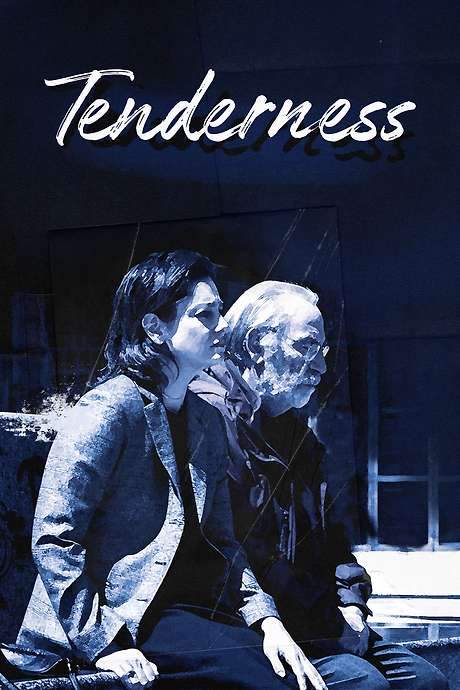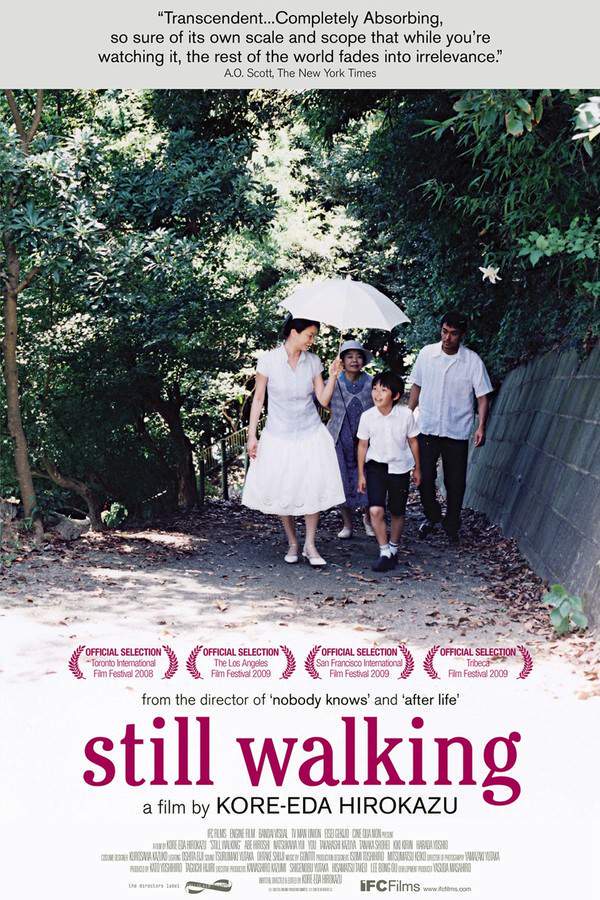
Still Walking
Year: 2009
Runtime: 114 min
Language: Japanese
Director: Hirokazu Koreeda
Fifteen years after the tragic drowning of their son Junpei, the Yokoyama family comes together to commemorate the anniversary of his death. As the siblings reunite with their spouses and children, long-buried grief and unresolved emotions come to the surface. Over the course of a single day filled with shared meals and storytelling, they confront their lingering pain, rediscover family bonds, and find solace in remembering the boy they lost.
Warning: spoilers below!
Haven’t seen Still Walking yet? This summary contains major spoilers. Bookmark the page, watch the movie, and come back for the full breakdown. If you're ready, scroll on and relive the story!
Timeline & Setting – Still Walking (2009)
Explore the full timeline and setting of Still Walking (2009). Follow every major event in chronological order and see how the environment shapes the story, characters, and dramatic tension.
Last Updated: October 22, 2024 at 21:34
Main Characters – Still Walking (2009)
Meet the key characters of Still Walking (2009), with detailed profiles, motivations, and roles in the plot. Understand their emotional journeys and what they reveal about the film’s deeper themes.
Last Updated: October 22, 2024 at 21:34
Major Themes – Still Walking (2009)
Explore the central themes of Still Walking (2009), from psychological, social, and emotional dimensions to philosophical messages. Understand what the film is really saying beneath the surface.
Last Updated: October 22, 2024 at 21:34
Explore Movie Threads
Discover curated groups of movies connected by mood, themes, and story style. Browse collections built around emotion, atmosphere, and narrative focus to easily find films that match what you feel like watching right now.
Quiet Family Reunion Dramas like Still Walking
Stories where a family gathering uncovers generations of buried emotions.If you liked the intimate, melancholic portrayal of family in Still Walking, explore more movies like it. These similar family drama stories focus on reunions, subtle tensions, and the heavy emotional weight of shared history, offering a quiet and reflective viewing experience.
Narrative Summary
These narratives typically unfold over a short period, often a single day or weekend, centered around a family event or ritual. The plot is driven by conversations and small interactions that gradually reveal the complex web of relationships, old wounds, and the struggle for connection between generations.
Why These Movies?
They are grouped together by their shared focus on realistic family dynamics, a melancholic and reflective tone, and a slow, deliberate pacing that allows emotional nuance to emerge naturally from everyday situations.
Slow-Paced Films About Processing Grief like Still Walking
Films that use slow pacing to explore the quiet, lingering nature of loss.Find movies similar to Still Walking that share its contemplative approach to grief and loss. If you appreciated its slow pacing and heavy emotional weight, these films offer a comparable experience of sitting with sadness and finding bittersweet moments of connection.
Narrative Summary
The narrative often avoids large, dramatic events, instead focusing on the interior lives of characters as they navigate the aftermath of a loss. The journey is internal and cyclical, moving through memories, regrets, and small steps toward acceptance, often leading to a bittersweet rather than cathartic conclusion.
Why These Movies?
They share a specific combination of a slow, deliberate pace, a heavy emotional weight centered on sadness, and a tone that is deeply melancholic and introspective, creating a meditative space for exploring loss.
Unlock the Full Story of Still Walking
Don't stop at just watching — explore Still Walking in full detail. From the complete plot summary and scene-by-scene timeline to character breakdowns, thematic analysis, and a deep dive into the ending — every page helps you truly understand what Still Walking is all about. Plus, discover what's next after the movie.
Still Walking Summary
Read a complete plot summary of Still Walking, including all key story points, character arcs, and turning points. This in-depth recap is ideal for understanding the narrative structure or reviewing what happened in the movie.

Still Walking Timeline
Track the full timeline of Still Walking with every major event arranged chronologically. Perfect for decoding non-linear storytelling, flashbacks, or parallel narratives with a clear scene-by-scene breakdown.

Still Walking Spoiler-Free Summary
Get a quick, spoiler-free overview of Still Walking that covers the main plot points and key details without revealing any major twists or spoilers. Perfect for those who want to know what to expect before diving in.

More About Still Walking
Visit What's After the Movie to explore more about Still Walking: box office results, cast and crew info, production details, post-credit scenes, and external links — all in one place for movie fans and researchers.




